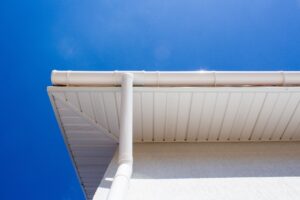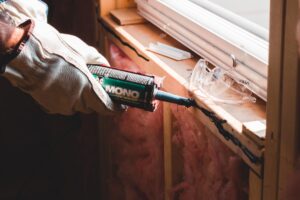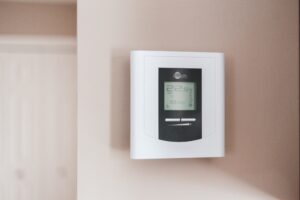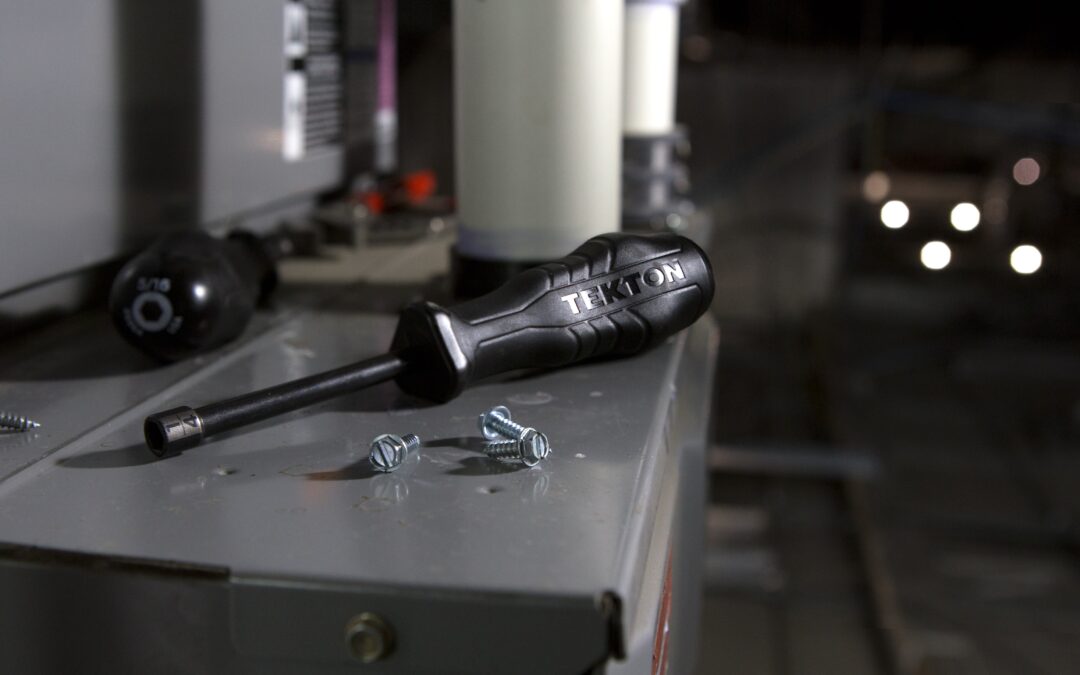There are many ways to go about improving the overall energy efficiency of your home. From implementing solar panels to installing new insulation, adding caulk where need be, and many more, there’s no shortage of creative ways to boost your energy efficiency.
One of the most effective, yet lesser-known ways of doing this is by reducing your HVAC costs. HVAC systems use a lot of energy, especially during the summer and winter months when they’re on more often. Thankfully, there are ways to reduce your usage, so in case you’re looking for a way to reduce HVAC costs, let’s go over a few of the most effective options.
1. New Soffit

Your soffit is responsible for covering the gap between the overhang of your roof and the exterior walls. This under-belly is called the eave and it’s covered by a soffit. Some soffits are airtight, while others like perforated soffit panels allow airflow to get into the attic.
This is preferable for improving energy efficiency because it allows your home to stay cooler in the summer by acting as a bit of a vent, allowing you to use your HVAC system less often. So consider going over some soffit replacement costs if yours hasn’t been replaced in some years.
2. Better Flashing

Flashing is responsible for preventing water from seeping into the seams and cracks around exterior home features like a chimney, solar panels, and other extrusions. Most commonly found on the roof, flashing can also be found around windows and doors, and is responsible for sealing air leaks as well.
Most flashing is plastic or vinyl, but liquid applied flashing is far superior to these types. Liquid applied flashing can be easily applied around windows and doors and acts as a 100% airtight barrier once dry, unlike plastic or vinyl flashing.
3. Alternative Heating System

Most homes use a forced-air system to heat their homes. This relies on the HVAC system to heat air and blow it all around the home through ductwork and vents. And, while this is the most common heating method for homes around the world, it’s not the most effective.
For starters, most HVAC ductwork has holes and leaks in it, allowing conditioned air out into places where you wouldn’t otherwise want it, like crawl spaces, basements, and attics. This makes the HVAC system less effective and means you need to leave it on for longer to achieve your desired indoor temperature.
Radiant heated floors, however, are much more efficient. Because they use a system of heated pipes either by hot water or electricity, this underfloor heating method is not only less wasteful, but better at evenly heating your home faster than an HVAC unit. It eliminates cold spots and has no potential for air leaks because it heats the air directly rather than heating somewhere else and transferring it through leaky ductwork.
Also, combined with a radiant heat thermostat, you can tune your heated floors to your preferred setting and even put them on a timer. This means you’ll never have to worry about adjusting the temperature or fiddling around with the thermostat too often.
Slash Your HVAC Costs with these Innovative Methods
HVAC costs can really skyrocket during especially hot and cold times of the year. Not only that, but they’re prone to leaks in the ductwork which make your HVAC system less effective and drive up your bill even more.
By implementing perforated soffit panels, radiant floor heating, and/or liquid flashing, you can effectively put a massive dent in your monthly HVAC costs and vastly improve the overall energy efficiency of your home. Doing so will take less money out of your pocket and even drive up the value of your home a bit as well.
Brian Jeffries is the content director for the Innovative Building Materials blog and a content writer for the building materials industry. He is focused on helping fellow homeowners, contractors, and architects discover materials and methods of construction that save money, improve energy efficiency, and increase property value.


Recent Comments